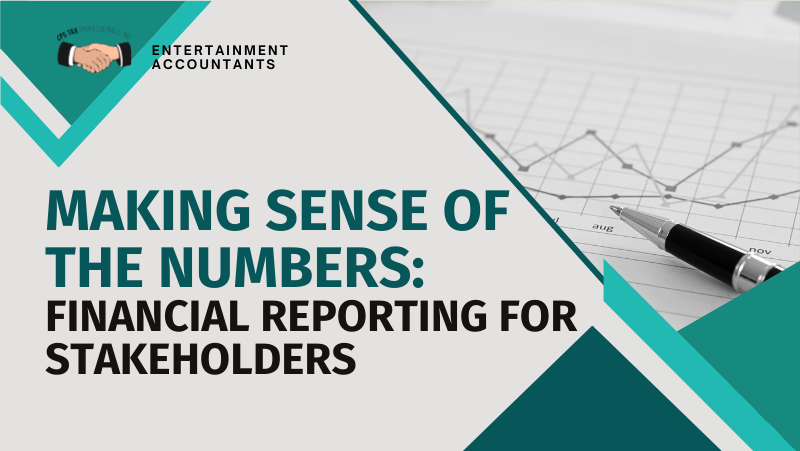In the dynamic world of finance, effective communication is key to building trust and fostering a strong relationship with stakeholders. Financial reporting is a vital tool that enables organizations to convey their financial health, performance, and overall strategic direction to various stakeholders. Whether you’re an investor, creditor, employee, or regulator, understanding financial reports is essential for making informed decisions. In this blog post, we’ll explore the significance of financial reporting and how stakeholders can make sense of the numbers.
1. Transparency Builds Trust:
Financial reports serve as a window into the financial well-being of a company. Transparent and accurate reporting instills confidence in stakeholders, showcasing a commitment to openness and accountability. Investors, in particular, rely on financial reports to assess the company’s profitability, liquidity, and overall financial stability. Clear and comprehensible financial statements can strengthen the trust between a company and its investors.
2. Key Financial Statements:
Financial reports typically include three main statements: the income statement, balance sheet, and cash flow statement. These statements provide a comprehensive view of a company’s financial performance and position.
- Income Statement: Also known as the profit and loss statement, the income statement details revenues, expenses, and profits or losses over a specific period. It helps stakeholders understand how well the company is generating profits.
- Balance Sheet: This statement provides a snapshot of a company’s financial position at a specific point in time, detailing its assets, liabilities, and shareholders’ equity. Investors and creditors use the balance sheet to assess the company’s overall health and stability.
- Cash Flow Statement: This statement tracks the cash entering and leaving the company, helping stakeholders evaluate its ability to generate cash and meet financial obligations.
3. Key Financial Ratios:
In addition to the financial statements, stakeholders can analyze key financial ratios to gain deeper insights into a company’s performance. Ratios such as return on investment (ROI), current ratio, and debt-to-equity ratio provide valuable information about a company’s efficiency, liquidity, and financial leverage.
4. Consistency and Comparability:
Consistency in financial reporting is crucial for stakeholders to track a company’s performance over time. Similarly, comparability with industry benchmarks and competitors helps stakeholders assess how well a company is faring in the market. Standardized accounting principles, such as Generally Accepted Accounting Principles (GAAP) or International Financial Reporting Standards (IFRS), contribute to the consistency and comparability of financial reports.
Conclusion:
In conclusion, making sense of the numbers in financial reporting is a collaborative effort between companies and their stakeholders. Clear, transparent, and consistent reporting not only fulfills regulatory requirements but also builds trust and fosters long-term relationships. Stakeholders who take the time to understand financial statements and ratios can make more informed decisions, contributing to the overall success and sustainability of the businesses they engage with. As a financial company committed to excellence, we emphasize the importance of effective financial reporting in creating a solid foundation for collaboration and growth.

